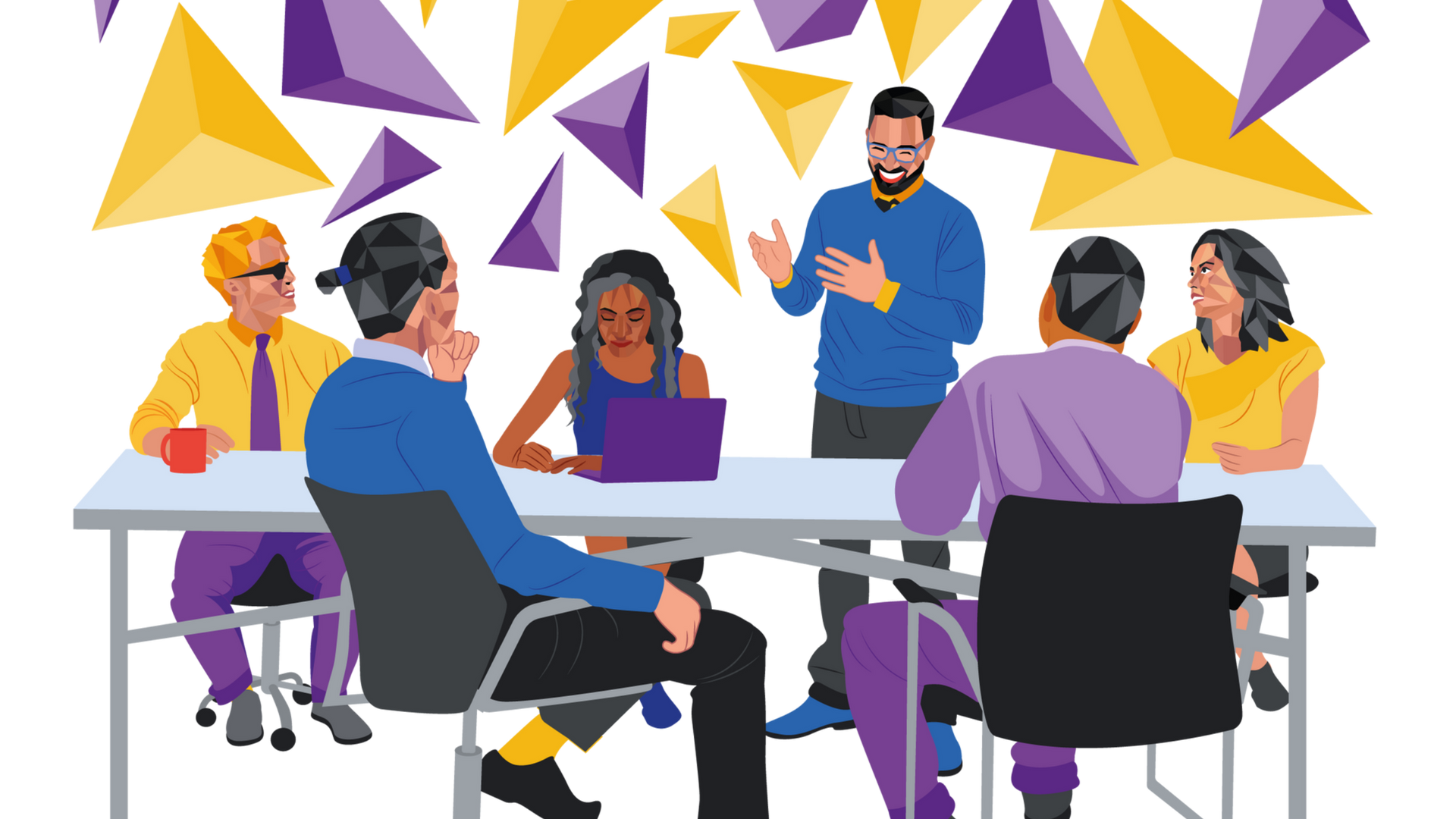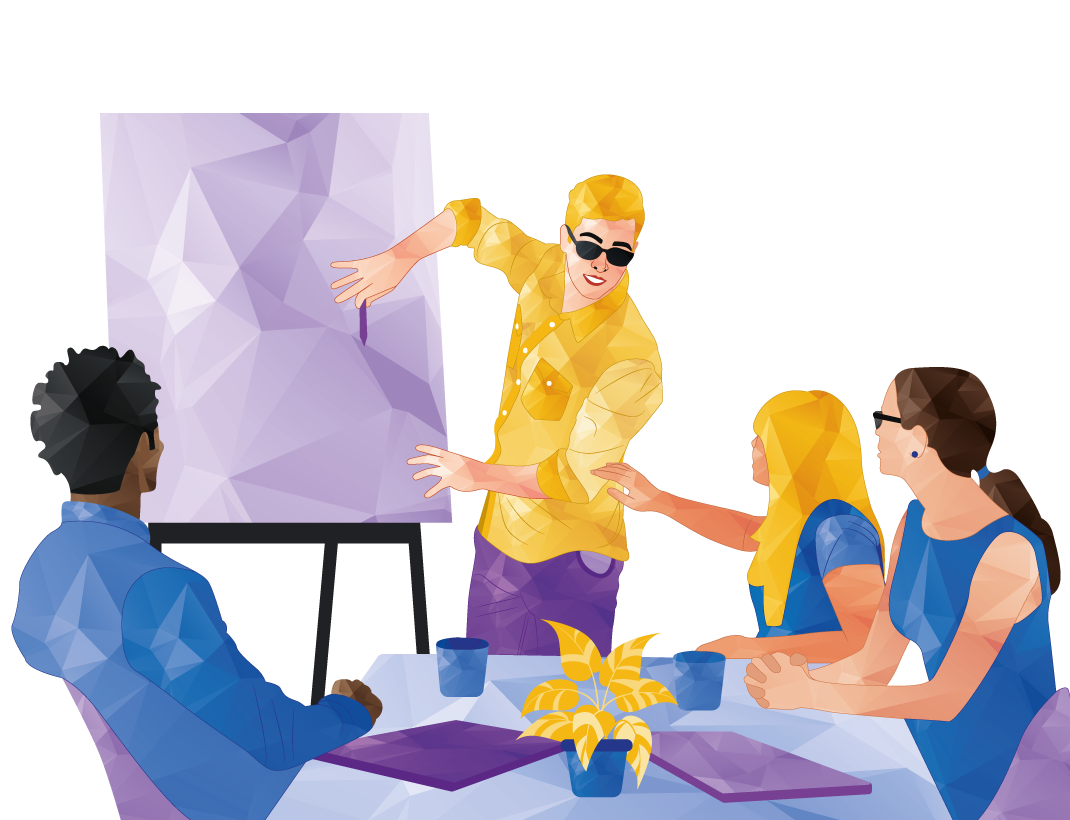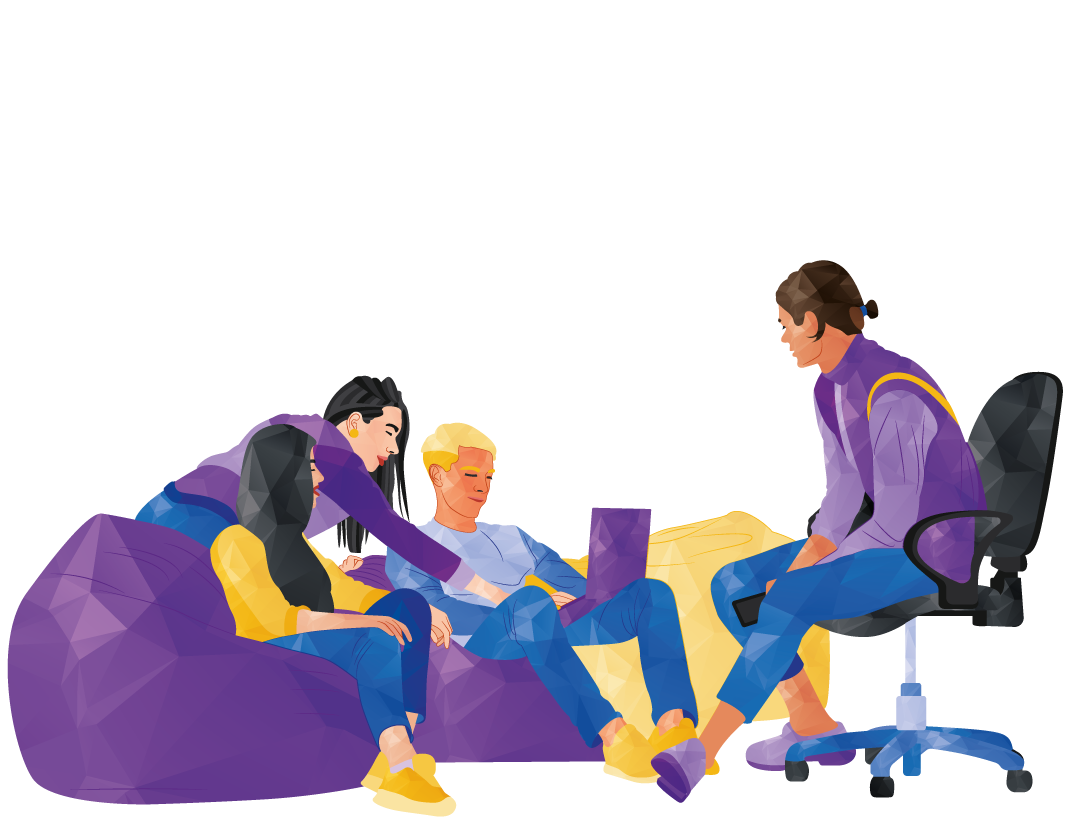Transforming Your Presentation into an Interactive Workshop Part 1: Know When a Workshop is the Right Call

We help leaders engage and inspire others. A lot of the time, that ends up meaning that we help leaders be better storytellers and presenters, but once in a while, we have a client that’s truly interested in taking engagement to the next level, and they’re looking for help transforming what was going to be be a presentation into an interactive, engaging, and compelling workshop.
Now, we’re big fans of workshops. By virtue of their design, they’re more engaging and hands-on, and do a better job helping people learn something (and not just hear something). But workshops aren’t entirely PROS with no CONS. Here are some things to consider when determining whether you should slot a presentation or a workshop into your agenda.
Presentations Give You More Control, but Less Audience Feedback
Workshops, because they’re interactive, will shift based on the energy and interest of the participants. Sometimes participants will have questions and the willingness to ask them in spades. Other times a facilitator will be navigating the post-lunch stupor. This means a facilitator should be adept at navigating on-the-fly changes to the plan in order to meet the group where they are. Timing, energy, focus, and depth of conversation all need to be adjusted in real time.
A presentation, on the other hand, is prepared ahead of time and practiced to perfection. There are no expected interruptions to the flow, and whether the audience is high or low energy has no bearing on what the presenter decides to say. In this way, the presenter has a lot more control over the experience. The consequence, of course, is that without the interaction between presenter and audience, the presenter has little insight into what the audience is thinking or feeling, and thereby does not (or cannot) adapt in the moment.
Workshops Take Longer, but Have Better Learning Outcomes
One of the hardest things for new facilitators to get used to is how little content can fit into a workshop that’s scheduled for the same length of time as a presentation. This is because workshops are designed to help attendees through more of the learning journey than a presentation does. For example, a presenter will introduce information and might help the audience process and contextualize the information, but that’s usually where they stop. Presenters talk AT the attendees the whole time. A workshop facilitator will introduce that same information, help the audience process and contextualize it, and then go a step further to provide an opportunity for participants to integrate or practice using the information (or new skill) in a series of activities. The simple fact that a workshop facilitator takes participants farther along the learning journey ensures that the learning is stickier; but it also means that the facilitator needs more time to get through less content. In our work, we generally recommend a 2-hour workshop to replace a 30-min presentation.
The Skillsets of a Presenter and a Facilitator are Very Different
Presenters are used to being the experts in their fields. They’re comfortable answering questions and being a source of knowledge. Although content expertise is also important for a workshop facilitator, it’s secondary to managing the dynamics of the group and the mechanics of the activities.
Great workshops are designed so that the content is experienced directly by the attendees via the materials (flip charts, cards, workbooks, posters, etc.). This provides participants the opportunity to discover the information on their terms and curiosity. This is ideal for learning because it helps people to internalize the information through their own lens rather than simply taking an expert at their word. The facilitator doesn’t have as much of a role as the content expert, delivering expertise. The facilitator DOES have an enormous responsibility of managing the learning process and ensuring the main takeaways are captured by the participants; and they have to do that by asking the right questions, creating the right conversation, and guiding the process.
The toughest part of the job? Facilitators are rarely noticed for being great—only their mistakes are visible.
Workshops Allow People to Learn in Community. Presentations are for Learning In Isolation.
Sometimes our clients tell us they’re interested in our programs not only because they hope their employees will learn something, but also because they want their employees to experience something together. Workshops often involve small group discussion, partner activities, group debriefs and more, thus simultaneously and organically allow attendees to build relationships with each other.
The presentation format typically expects audience members to sit, often in an auditorium-like environment, facing the presenter, not each other. They’re not expected to meet each other and converse as part of the experience. In fact, that’s often discouraged, and considered rude and distracting to other audience members. Although the audience collectively experiences the presenter together, there’s little opportunity to create collective meaning and connection, and so the experience doesn’t end up feeling shared.
Go with a presentation if:
- You want to have the most control over the experience
- You want to be seen as a content expert
- You have very limited time to present
- You’re a compelling storyteller, and less skilled as a facilitator
Go with a workshop if:
- Audience participation, input or feedback is important
- Meeting specific learning objectives is important
- You have enough time
- You have (or hope to develop) facilitation skills
- You want to create a collaborative environment
Deciding to go with a presentation or a workshop should depend on your goals and the skills you have or want to practice.
What are some of the reasons you choose to format your information as a presentation or a workshop?
Recent Posts





